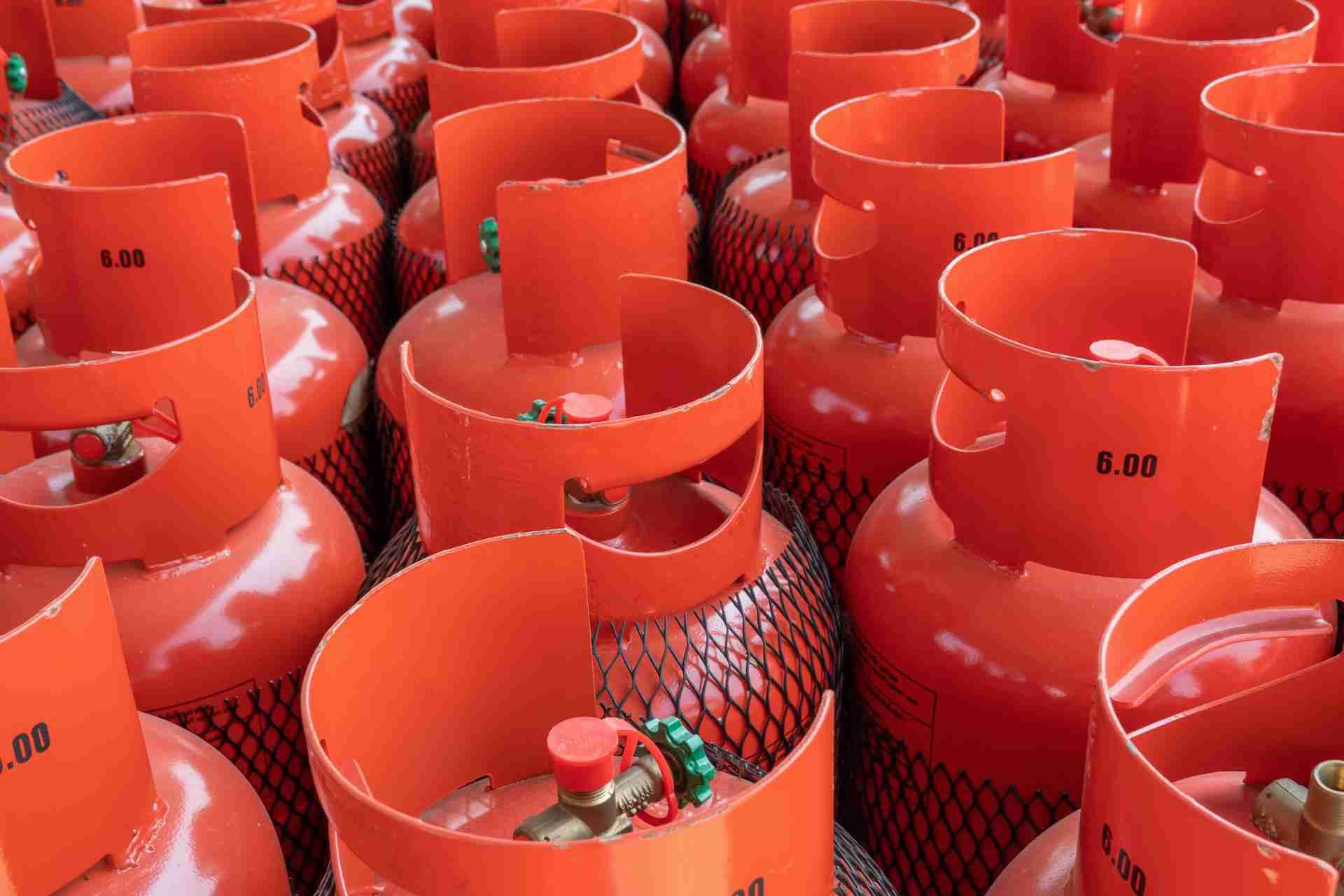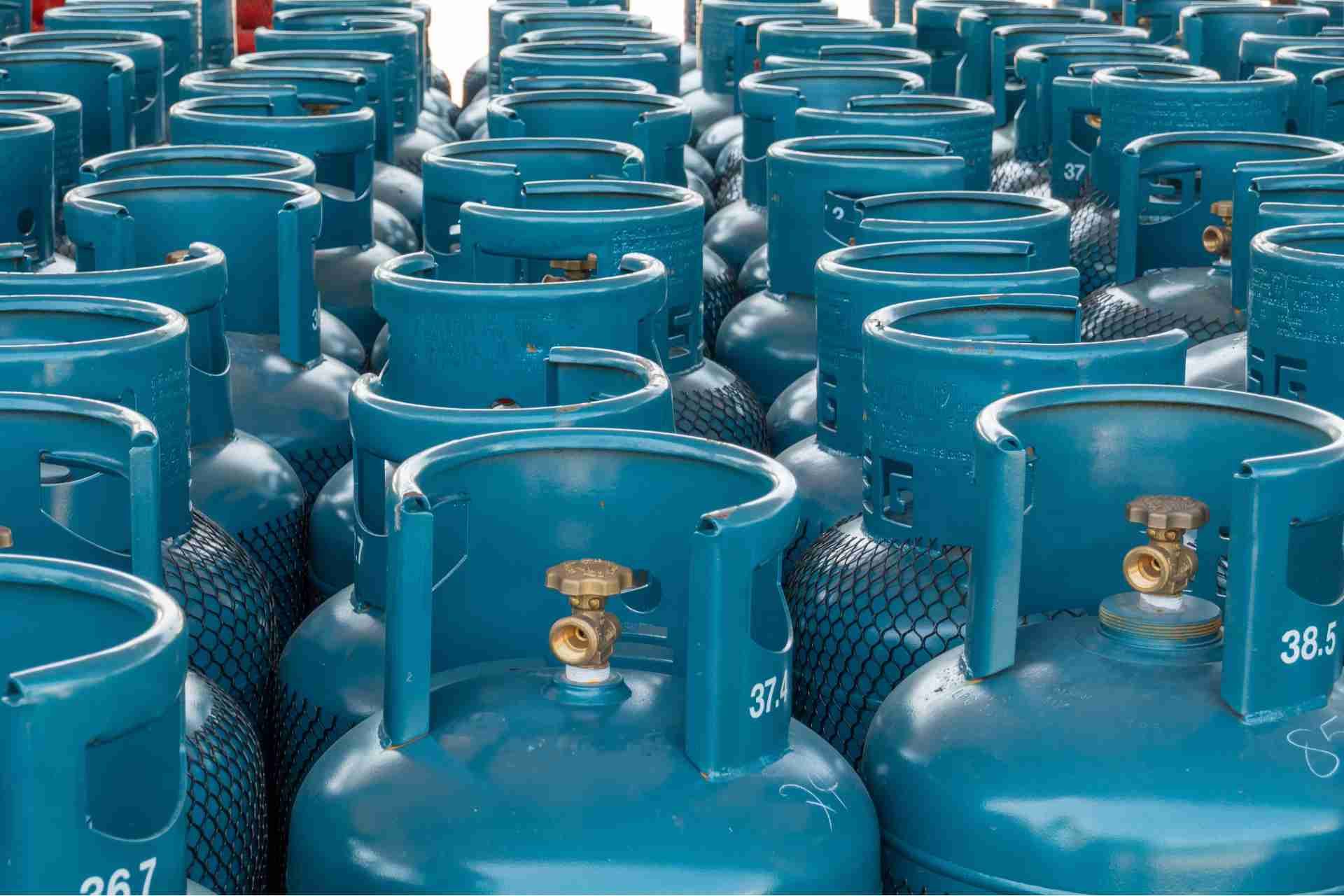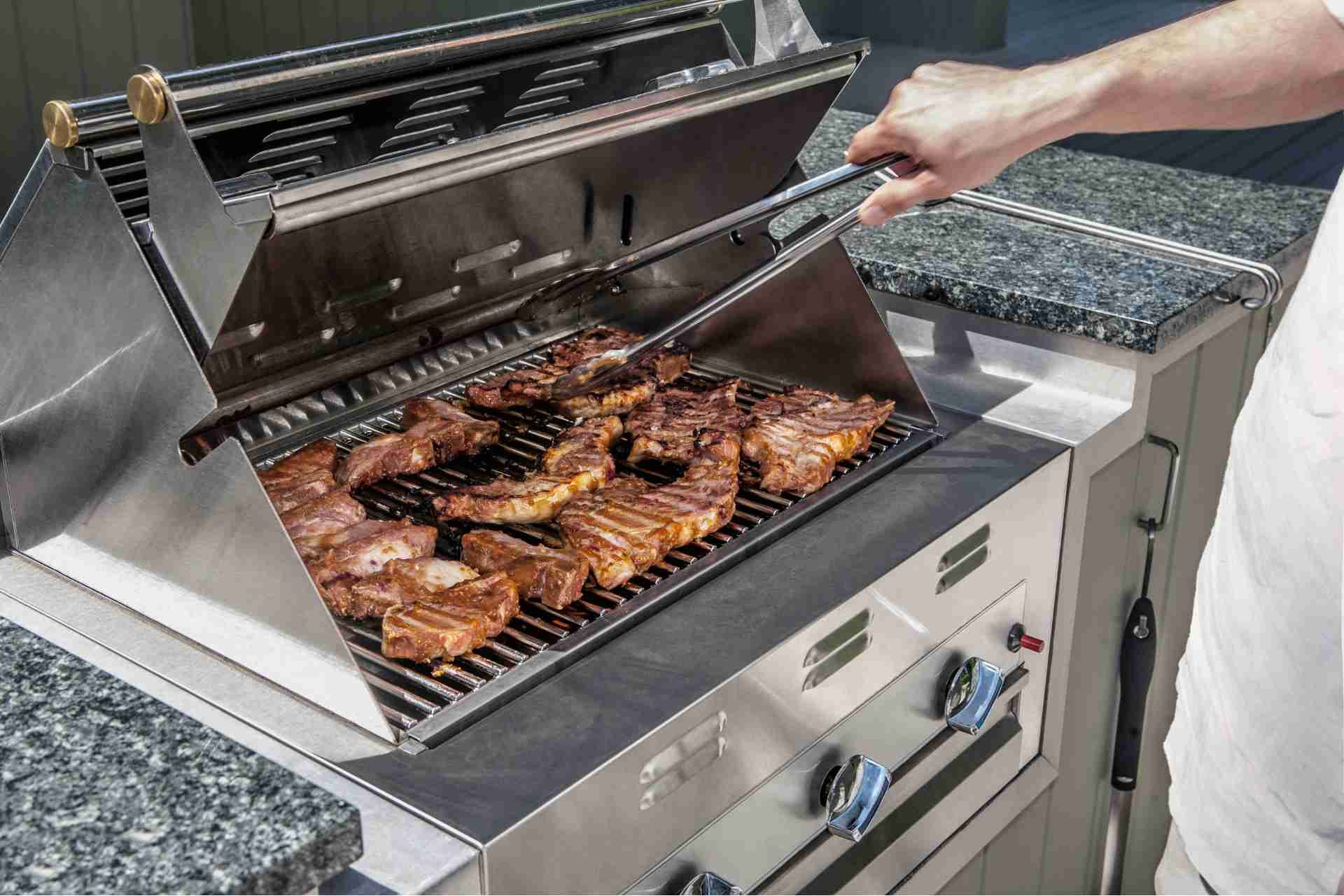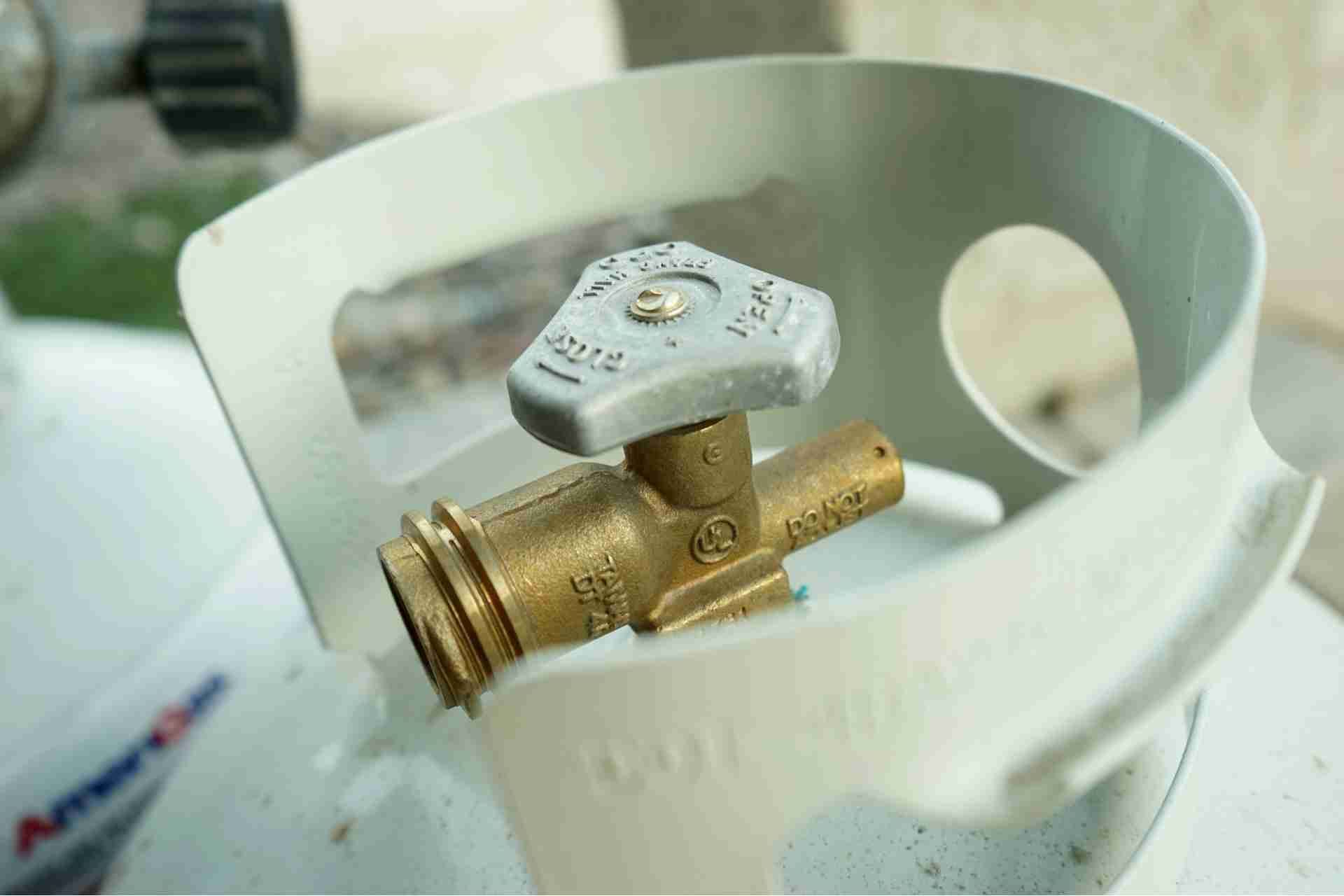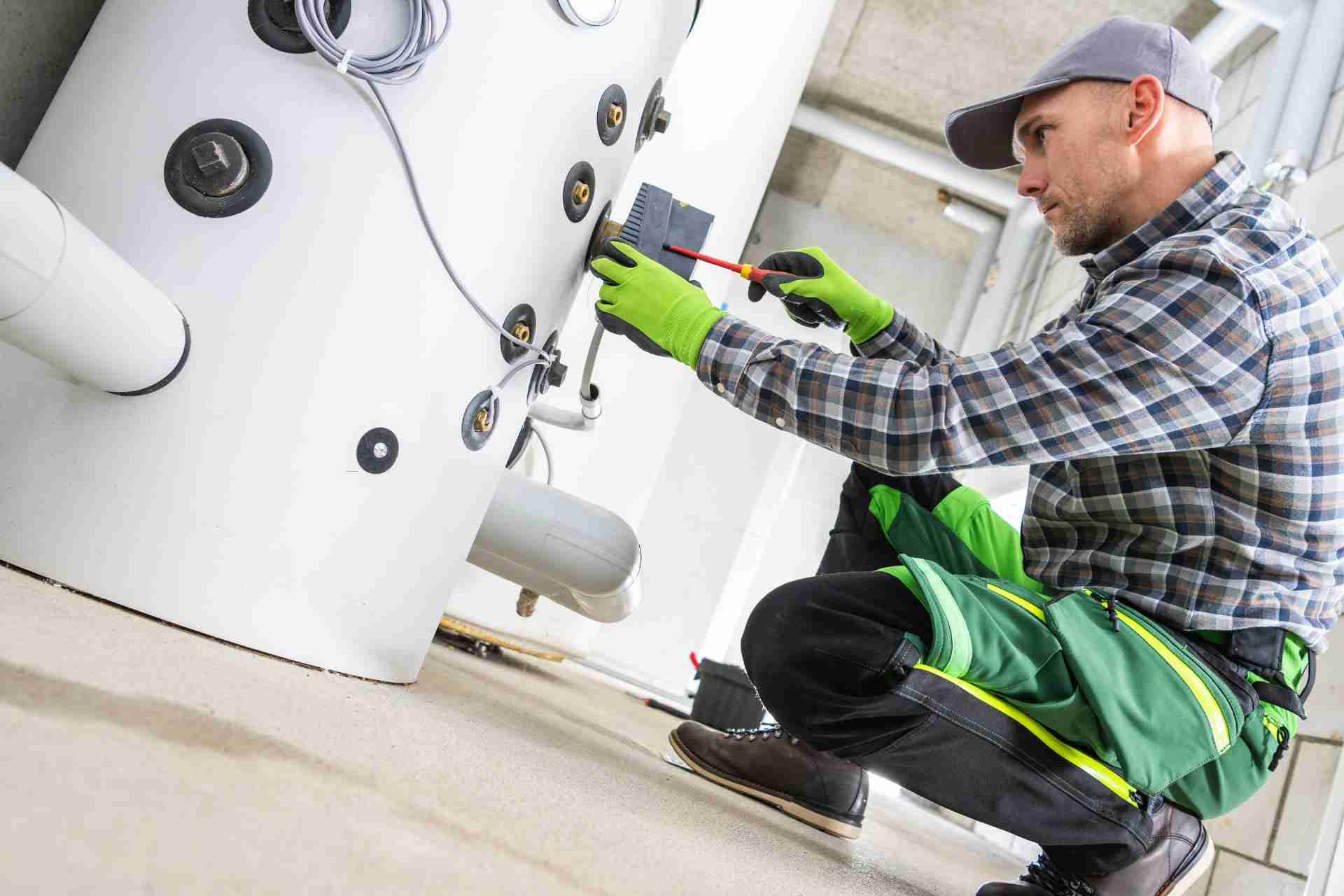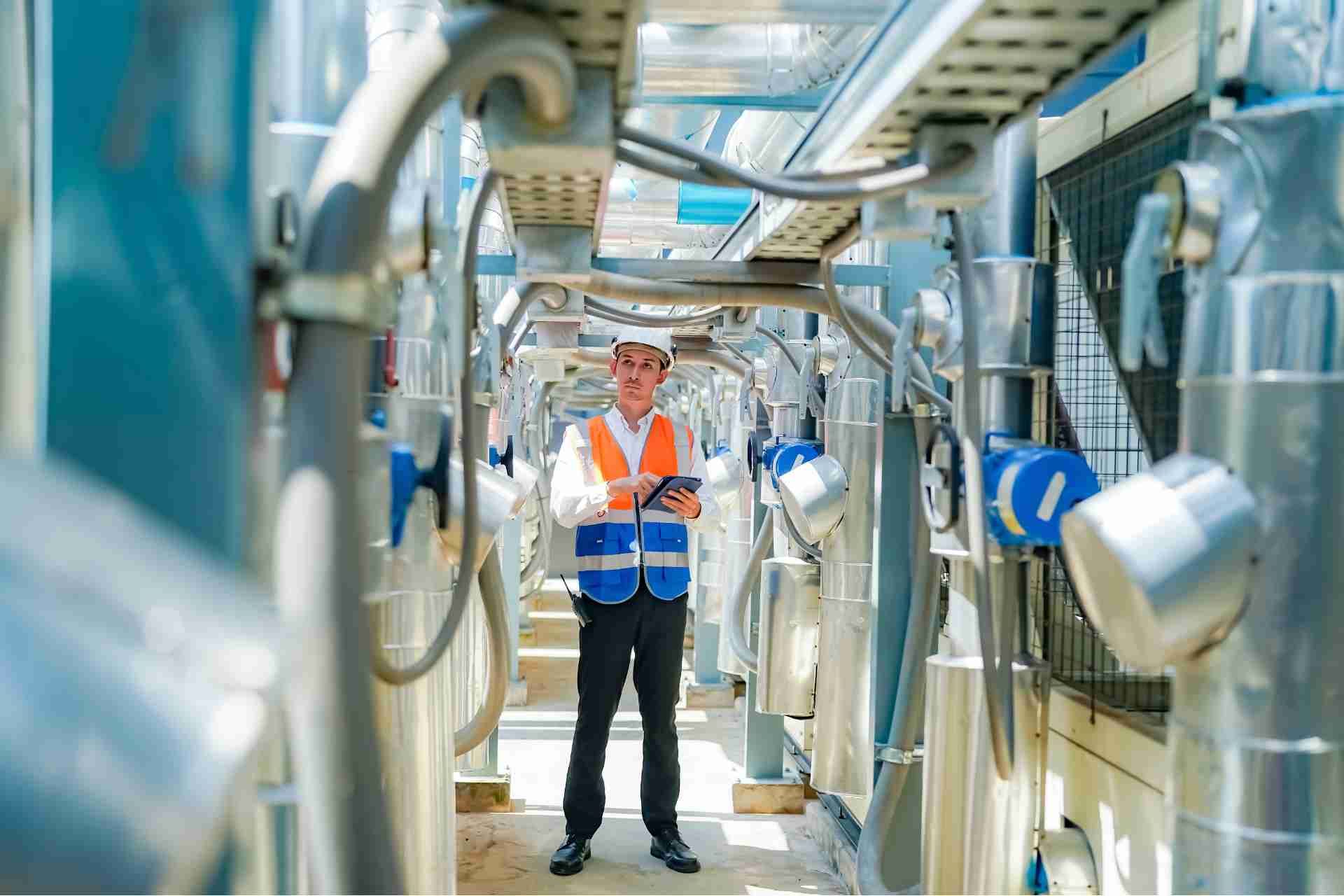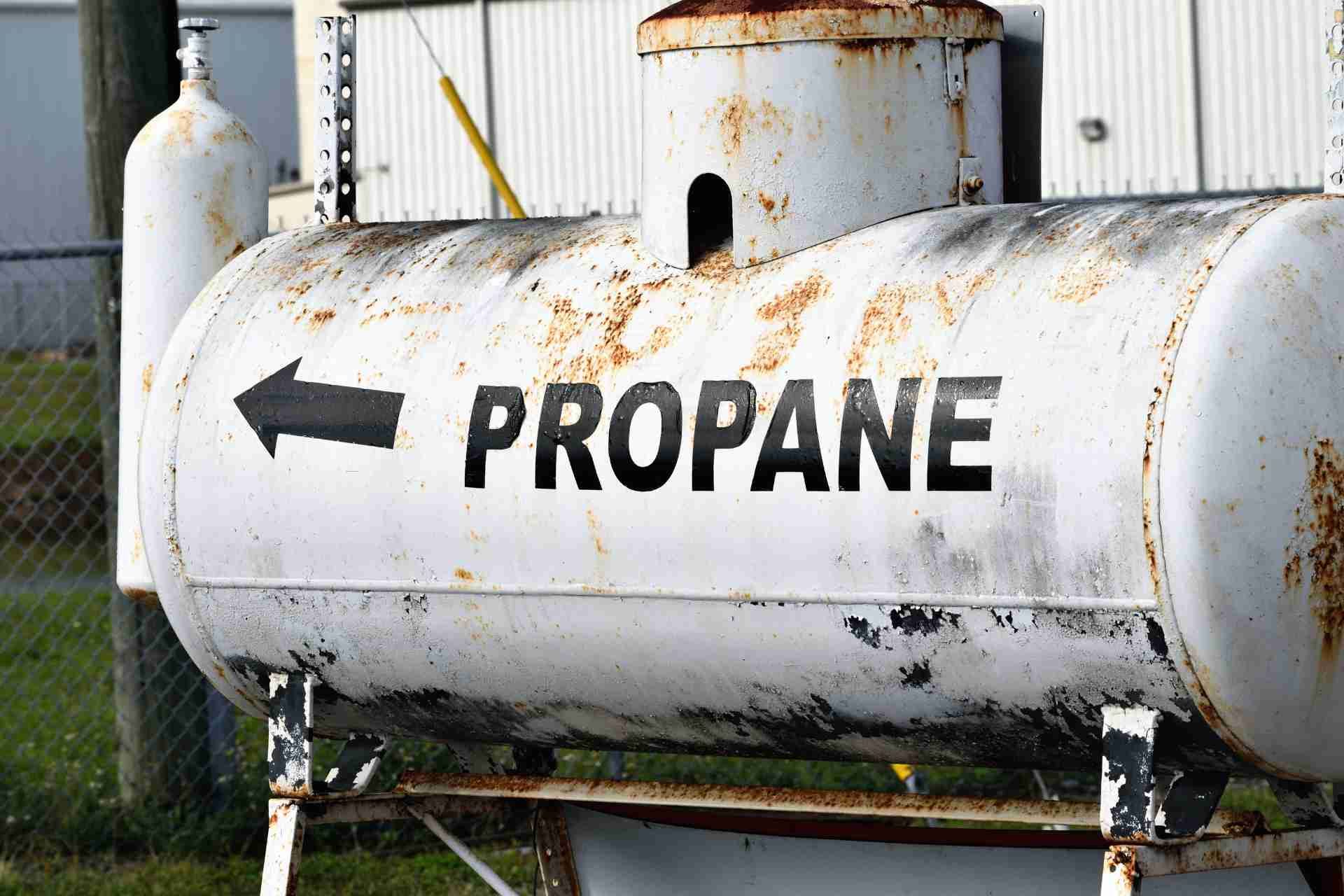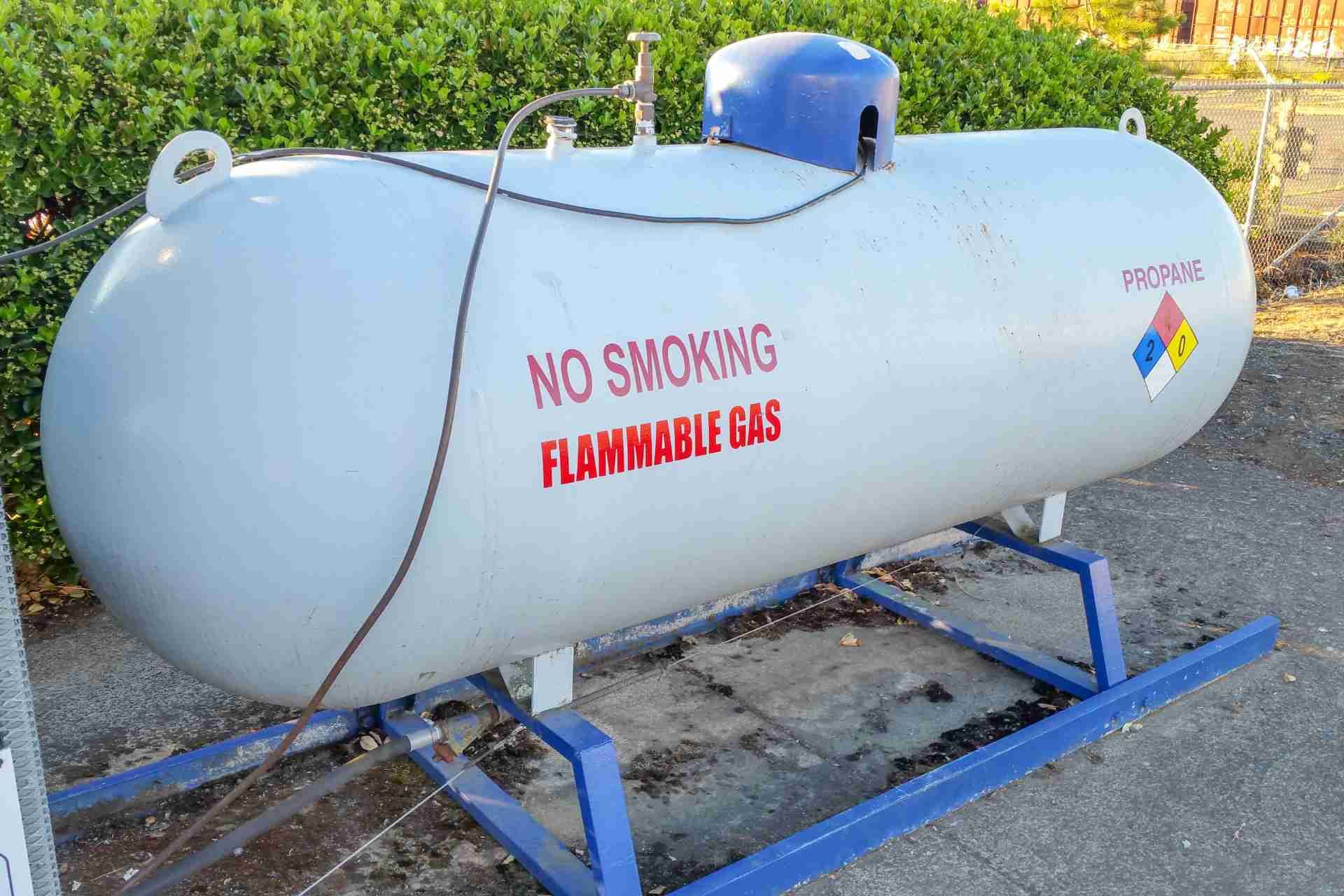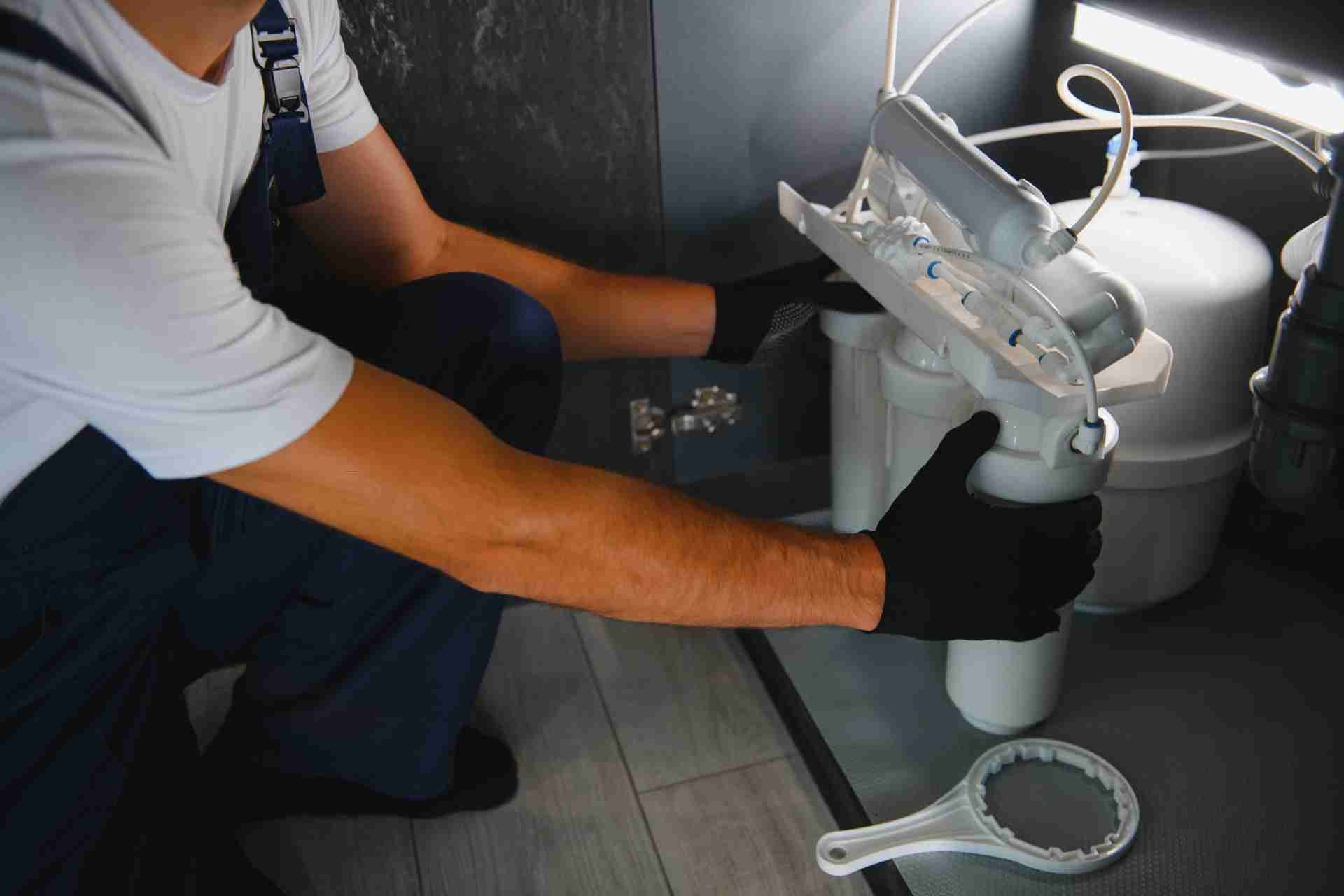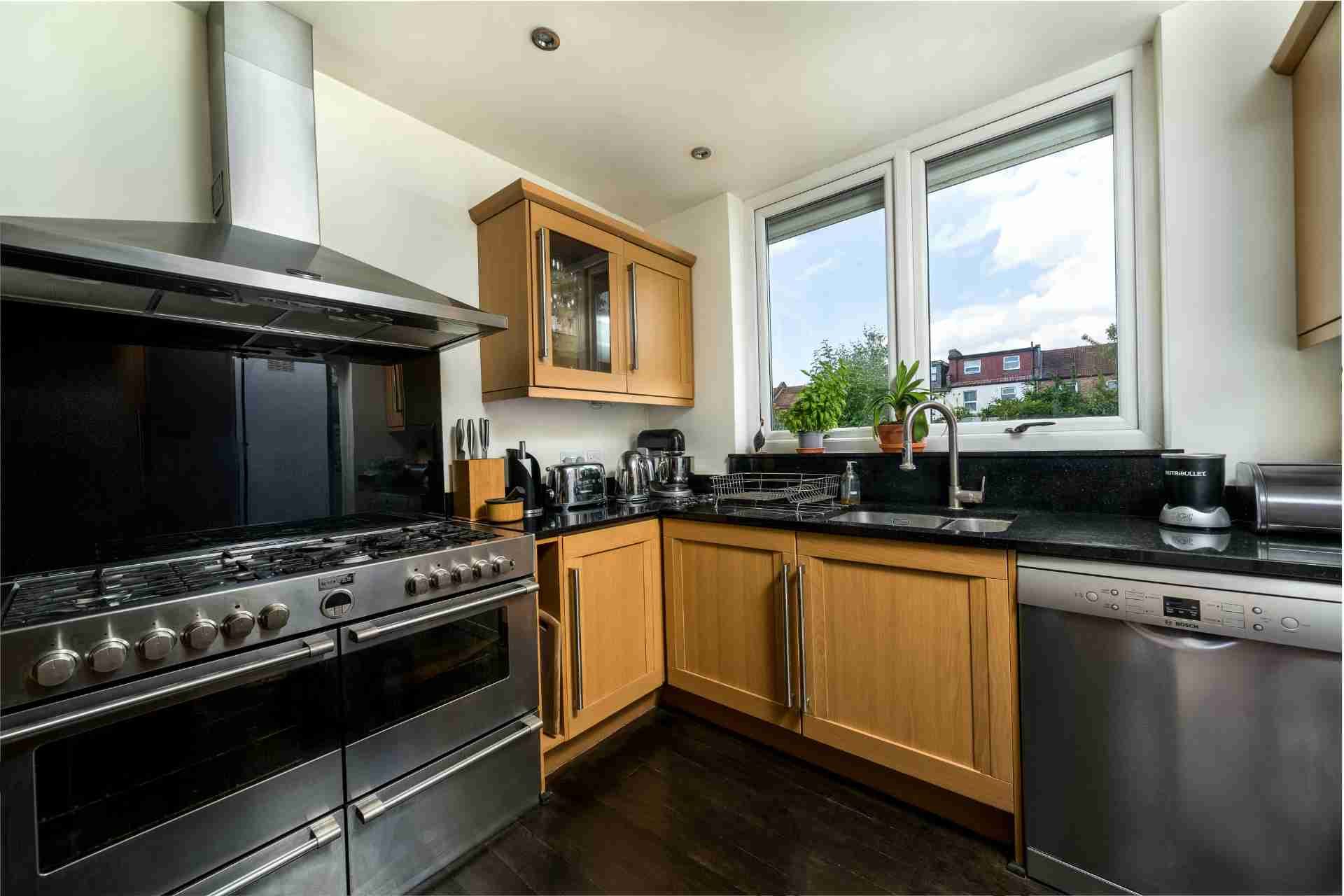How to Choose the Right Size Propane Tank (and Why It Matters)
Choosing the right size propane tank is essential for meeting your fuel needs efficiently. If you underestimate your requirements, you might face unexpected shortages or frequent refills. On the other hand, a tank that's too large can be costly and unnecessary. Understanding the various factors that play into this decision can save you time and money. So, what should you consider when determining the perfect propane tank size for your situation?
Understanding Propane Tank Sizes
When you're considering a propane tank, understanding the various sizes available is crucial for making the right choice.
Propane tanks come in several sizes, typically ranging from 20 pounds to 1,000 gallons. Smaller tanks, like the 20-pound options, are perfect for grills and outdoor heating, while 100-pound tanks can serve larger appliances.
If you're thinking about heating a home or fueling a generator, you might need a 500-gallon tank. Each size has its specific uses, so determining your needs helps narrow down your options.
Remember, the right size ensures you won't run out of fuel unexpectedly. It also impacts the frequency of refills, which can save you time and money in the long run.
Choose wisely!
Factors Influencing Your Tank Size Choice
Choosing the right size propane tank involves several key factors that can significantly impact your decision.
First, consider your usage needs. Are you heating your home, powering appliances, or fueling outdoor equipment? The more you use propane, the larger the tank you'll likely need.
Next, think about your location. If you live in an area with frequent deliveries, a smaller tank may suffice. Conversely, remote locations might benefit from a larger tank to minimize refill frequency.
Additionally, evaluate your budget. Larger tanks have higher upfront costs but can offer savings in the long run.
Finally, check local regulations, as they may influence tank size options. By weighing these factors, you'll be better equipped to make the right choice for your needs.
Common Propane Tank Sizes and Their Uses
Propane tanks come in various sizes, each designed for specific needs and applications.
The most common residential tank is the 20-pound cylinder, perfect for grilling and outdoor heating. If you're powering a home or small business, a 100-pound tank might be your best bet, providing enough fuel for appliances like water heaters or stoves.
For larger needs, such as heating a whole house or running a generator, you might opt for a 500-gallon tank. It's suitable for year-round use and can keep you supplied during peak seasons.
Lastly, for commercial use, 1,000-gallon tanks are often installed to meet the demands of restaurants or industrial applications.
Choosing the right size ensures you won't run out of fuel when you need it most.
Safety Considerations for Propane Tank Installation
Selecting the right size propane tank is just the first step; ensuring its safe installation is equally important.
Start by placing the tank at least 10 feet away from any structures, vehicles, or ignition sources. This distance minimizes fire hazards. Always position the tank on a flat, stable surface to prevent tipping.
Ensure that the area is well-ventilated to avoid gas accumulation. It's crucial to have a qualified technician install the tank and connect it to your system, as they'll follow safety codes and regulations.
Regularly inspect the tank for leaks or corrosion, and be aware of local laws regarding propane storage. By prioritizing safety during installation, you'll help protect your home and loved ones.
Cost-Effectiveness of Different Tank Sizes
When it comes to cost-effectiveness, understanding the differences in propane tank sizes can make a significant impact on your budget.
Larger tanks might seem more expensive upfront, but they often provide better value over time by reducing the frequency of refills. You won't have to pay for delivery as often, which can save you money on transportation costs.
Conversely, smaller tanks may require more frequent refills, leading to higher overall costs. Additionally, consider the pricing structure of your propane supplier; they might offer discounts for bulk purchases.
Ultimately, choosing the right size tank that aligns with your consumption habits can help you avoid unnecessary expenses while ensuring your propane needs are met efficiently.
Evaluating Your Propane Needs Over Time
How can you accurately assess your propane needs over time? Start by tracking your propane usage over several months or seasons.
Consider your household activities—cooking, heating, and hot water. Take note of any changes, like adding new appliances or increasing family size, which might affect your consumption.
Next, keep an eye on seasonal fluctuations. For example, you might use more propane during winter for heating.
Analyze these patterns to determine if your current tank size meets your needs or if it requires adjustment.
Finally, revisit your calculations annually. As lifestyles change, so will your propane requirements.
Conclusion
Choosing the right size propane tank is essential for meeting your fuel needs efficiently and safely. By understanding the various tank sizes and considering factors like your usage, location, and budget, you can make an informed decision. Remember, a properly sized tank not only ensures a steady supply but also saves you money and minimizes delivery hassles. Take the time to evaluate your propane needs, and you'll enjoy the convenience and peace of mind that comes with the right choice.
